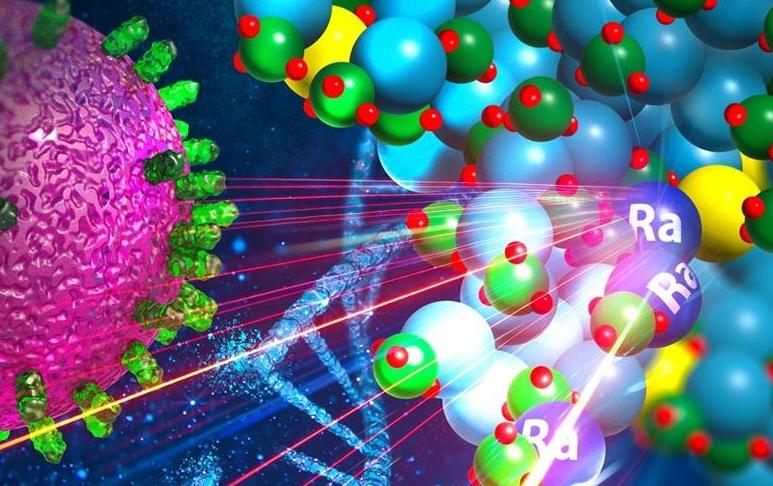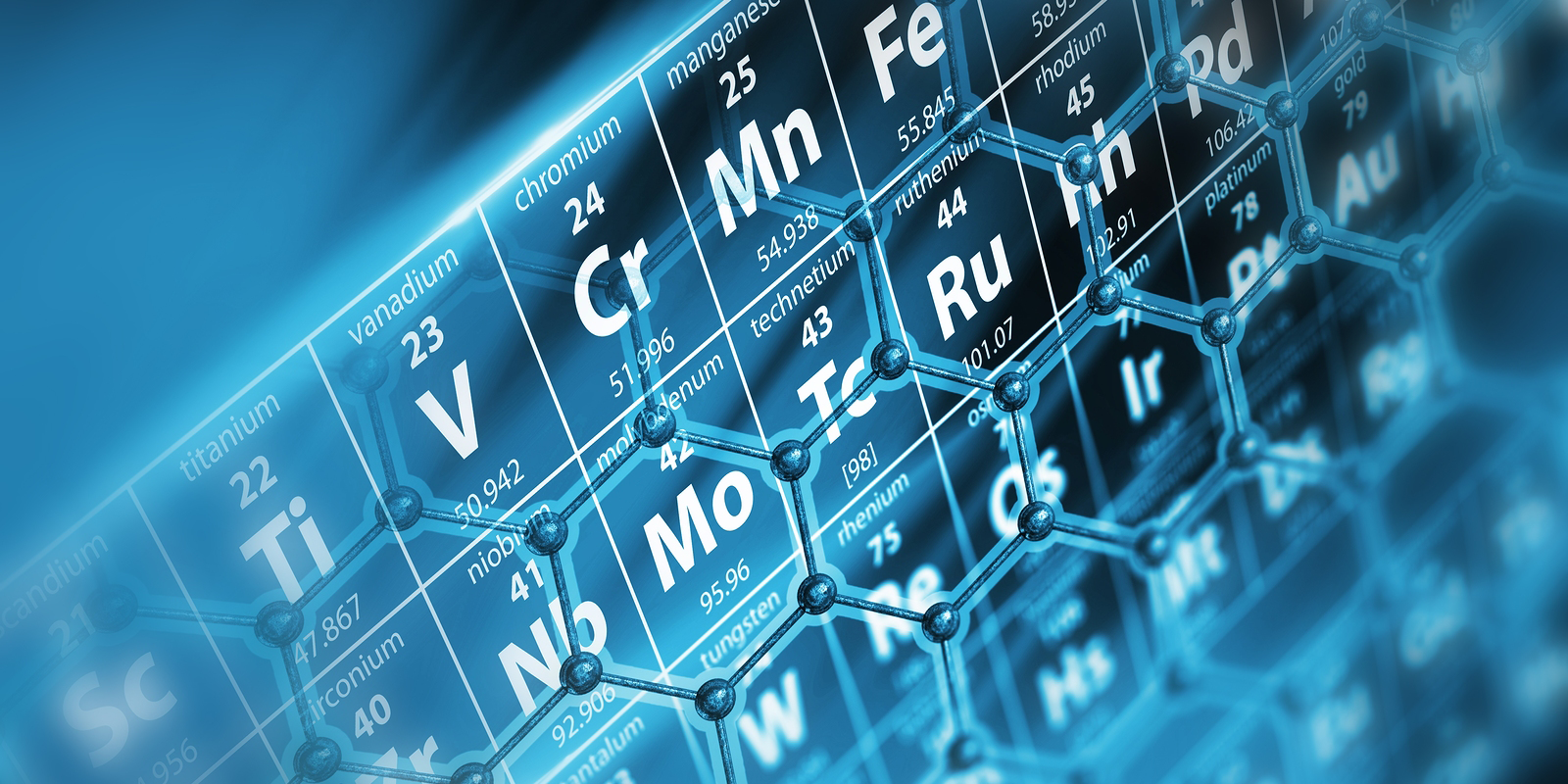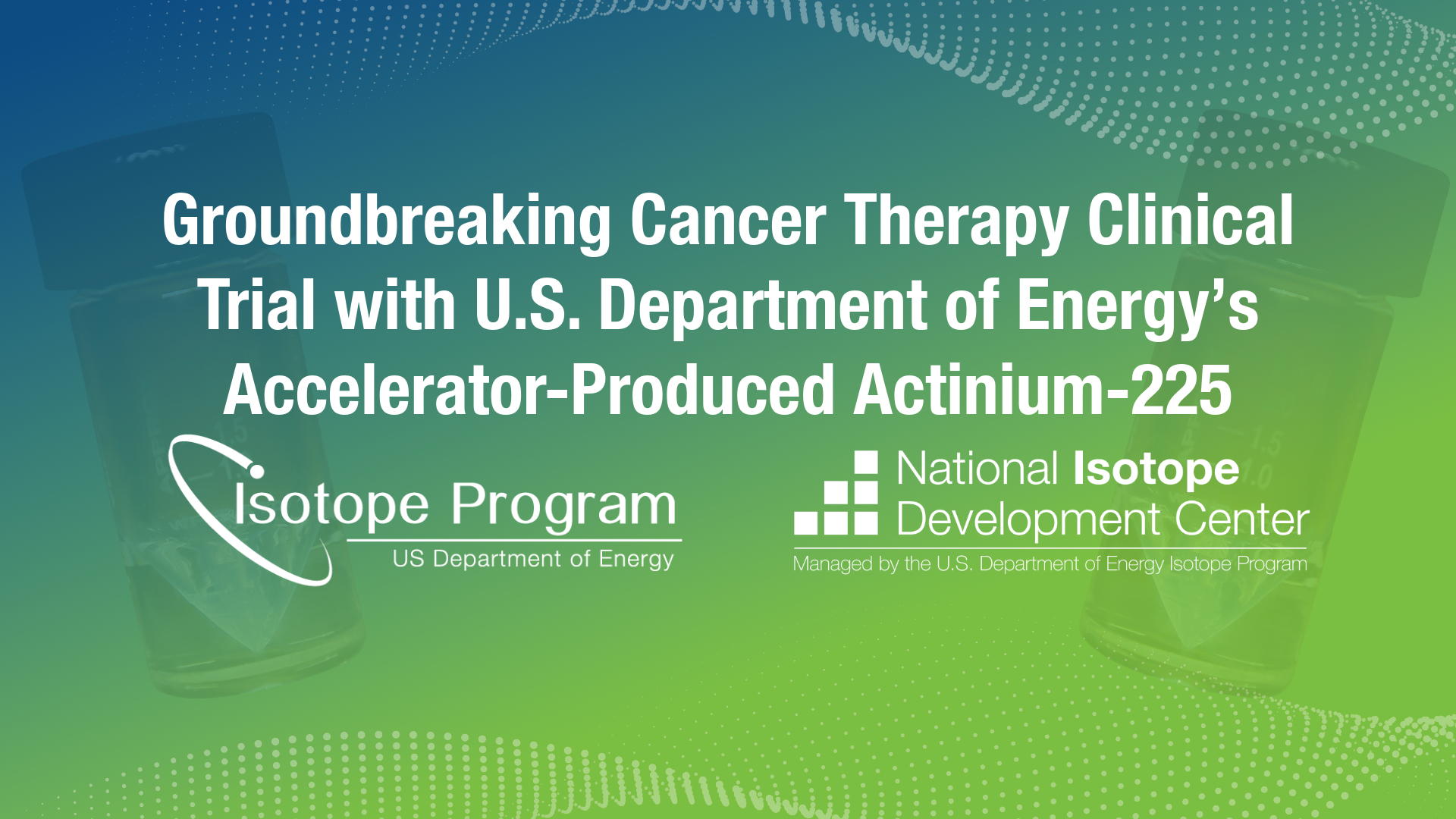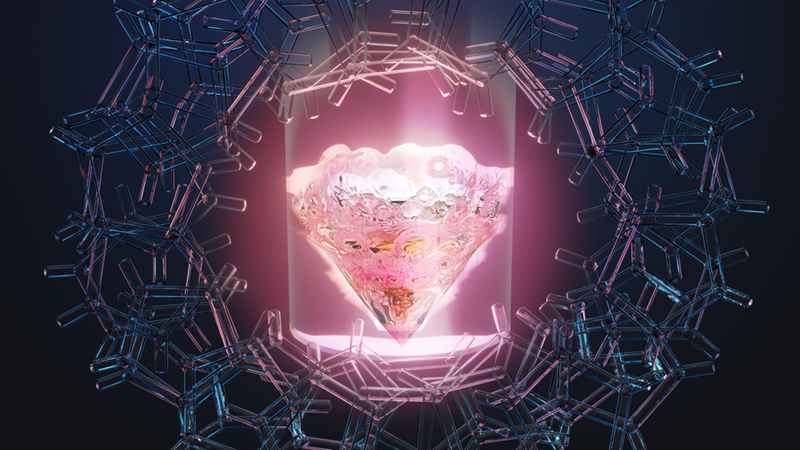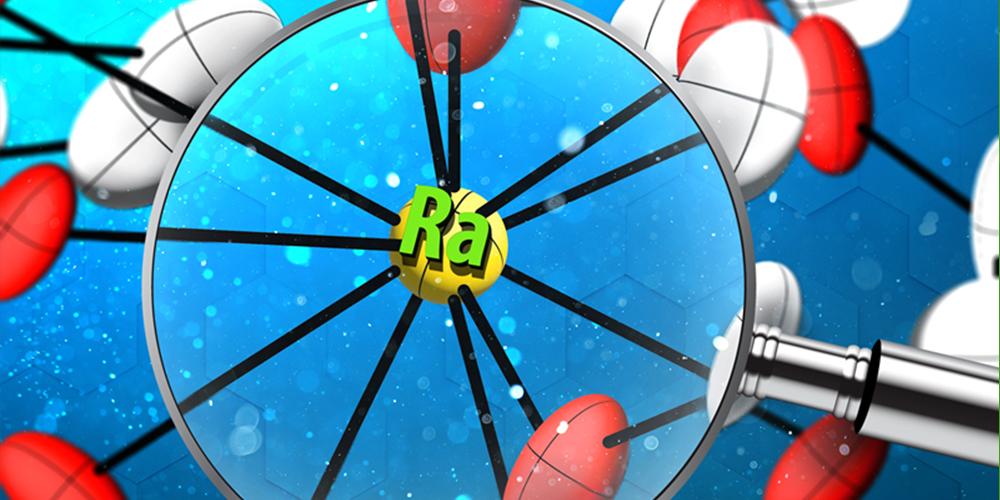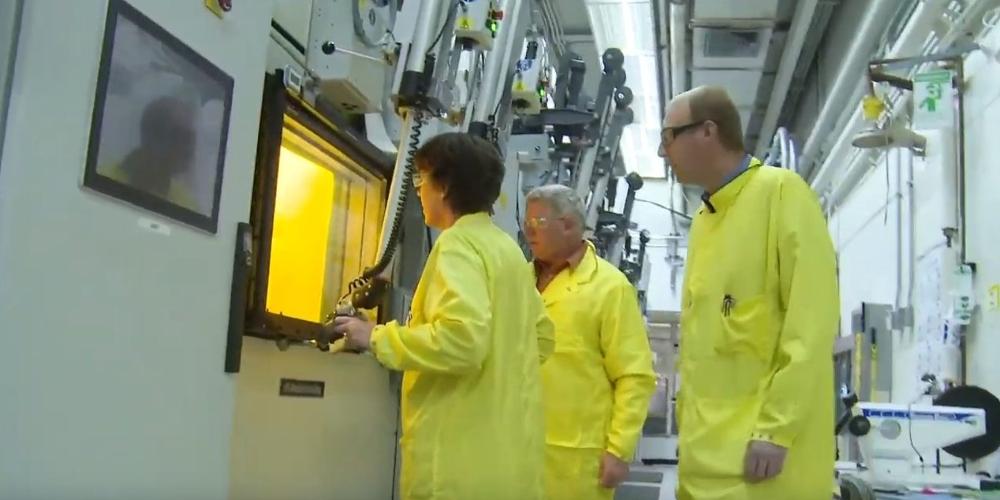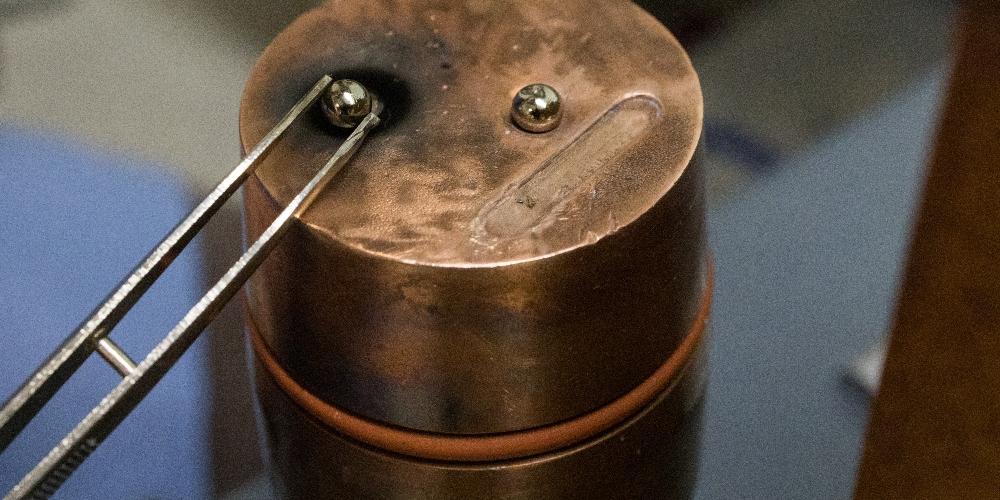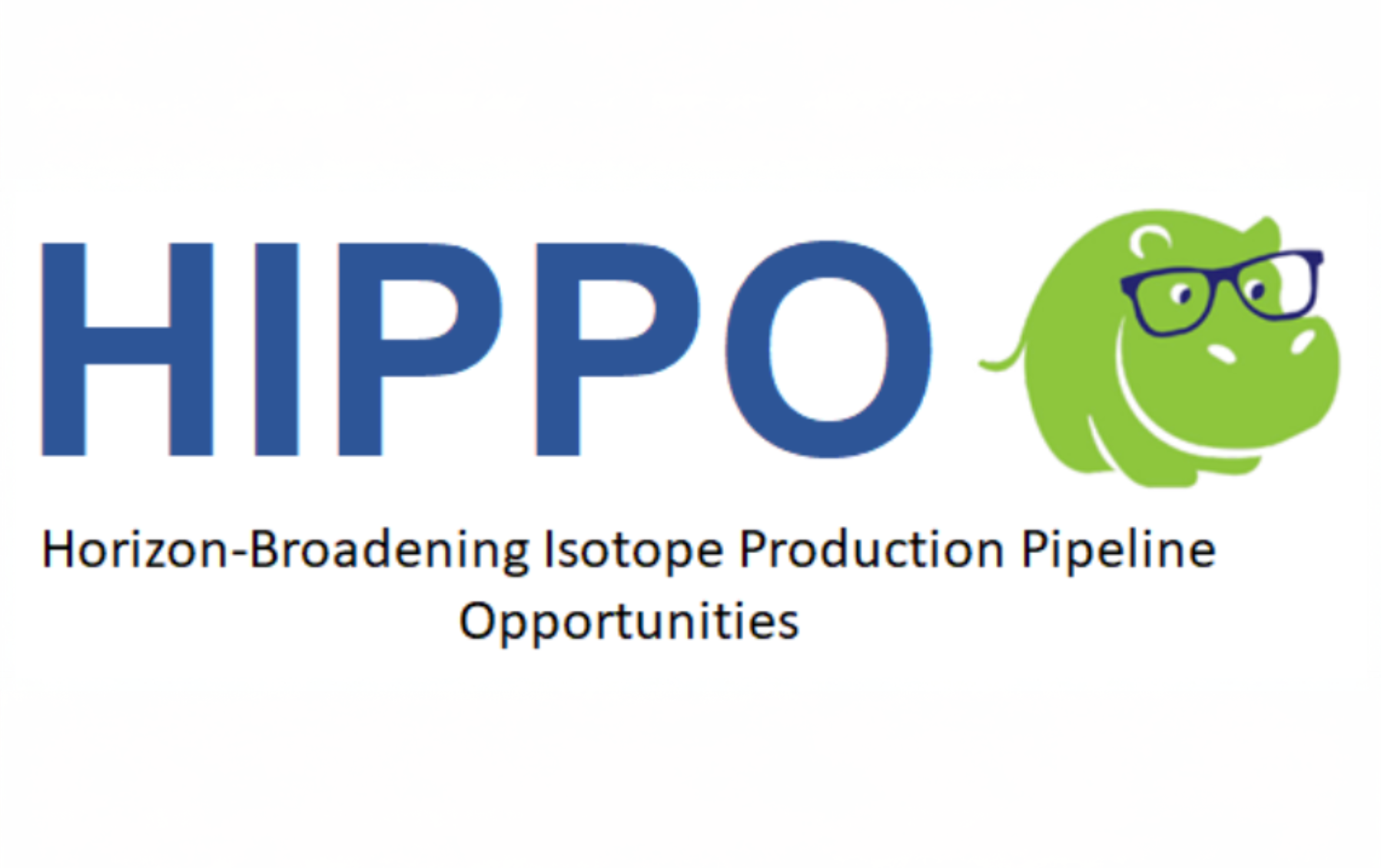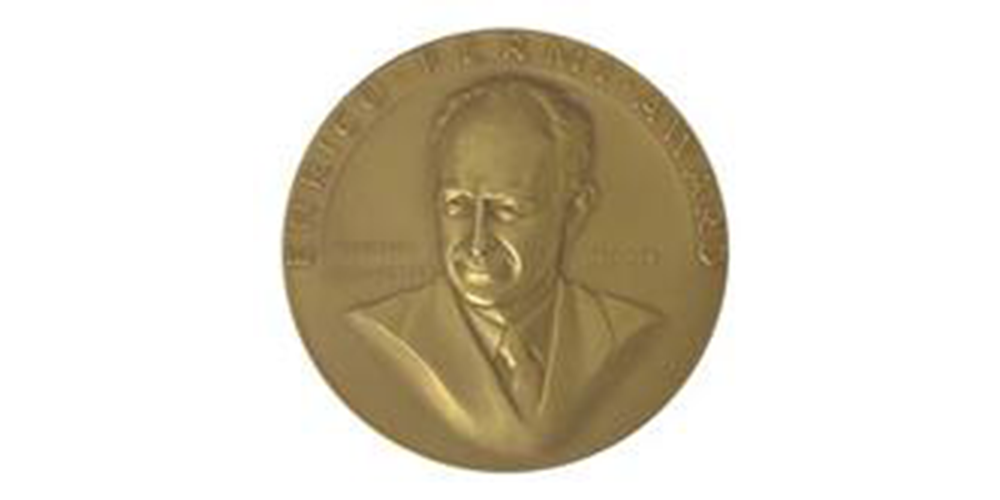With 225+ isotopes available for purchase, the U.S. Department of Energy Isotope Program is the world leader in quality, purity, and availability of the most sought after and rare isotopes.
NIDC News
DOE Isotope Program Highlights
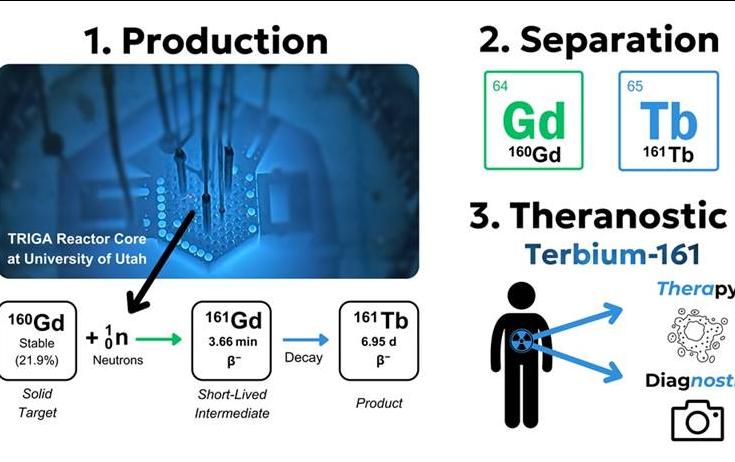
To Advance Cancer Therapy, University Starts Producing Terbium-161
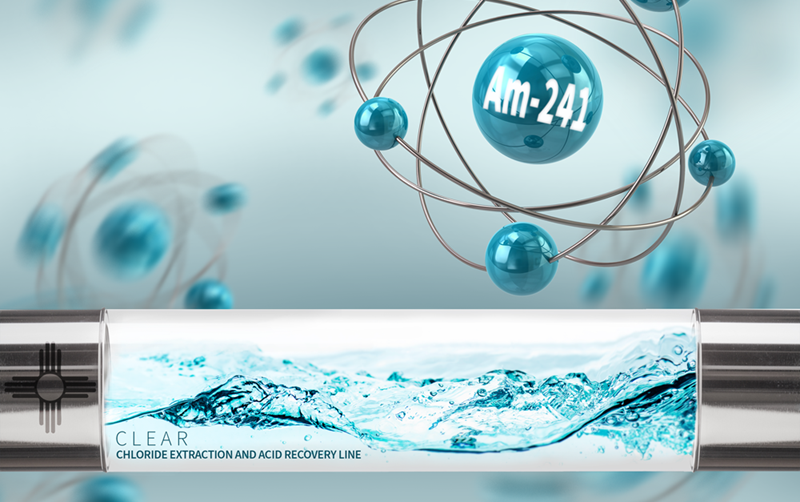
Improving Large-Scale Domestic Production of Americium-241, a Critical Component in Smoke Detectors and Nuclear Batteries
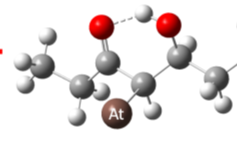
Astatine Paving the Way for a New Era in Cancer Radiopharmaceuticals
